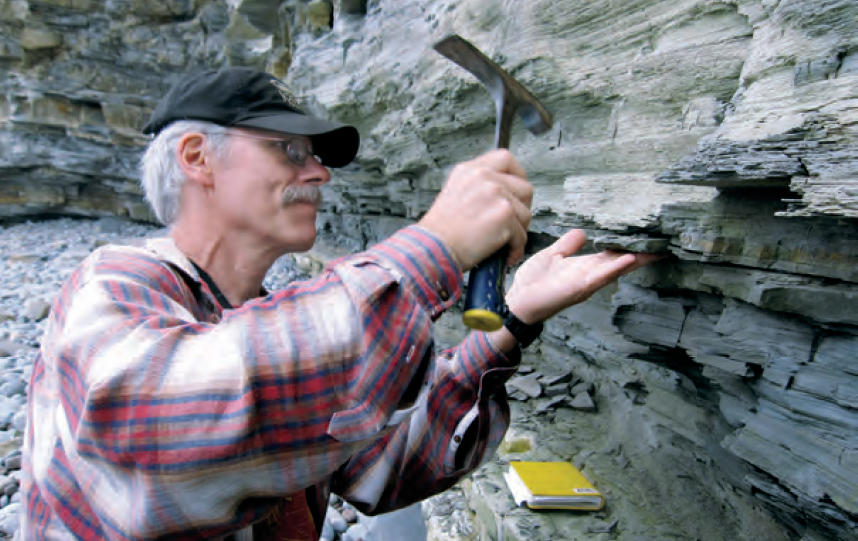Two hundred million years ago, our planet was a verdant place teeming with turtles, early crocodilians, tree-dwelling lizards, flying vertebrates like pterosaurs, and the first mammals, including the canine-like cynodont. And then over the course of a few thousand years — the blink of an eye in geological terms — half the earth’s animal and plant species died off. The massive extinction, which cleared the way for the evolution and domination of Jurassic-period dinosaurs, is crystal clear in the fossil records.
But what caused it? Scientists have long suspected that volcanic eruptions were to blame, because around the same time — give or take a few million years — tectonic forces were starting to break up the supercontinent known as Pangaea, dividing it into the seven continents we know today. The movement of the earth’s crust melted the underlying mantle rock and caused huge quantities of lava, dust, and smoke to spew out. Scientists have not been able to say conclusively that the volcanism killed half the planet’s inhabitants, however, because their methods for dating ancient sediments left too wide a margin of error.
A study published recently in the journal Science provides the best evidence yet that the fiery eruptions were the cause of the calamity. The authors, who include Columbia paleontologist Paul Olsen, Columbia geophysicist Dennis Kent, and Carnegie Institution for Science geologist Terrence Blackburn, say they can pin down the eruptions to the same 20,000-to-30,000-year period during which the extinctions are believed to have occurred.
“This may not quench all the questions about the exact mechanism of the extinction itself,” says Olsen, who has been investigating the question since the 1970s. “But the coincidence in time with the volcanism is pretty much ironclad.”
The scientists came to their conclusion using a variety of new methods for dating sediment: Blackburn analyzed the decay of uranium isotopes in a rare mineral called zircon, for instance, while the Columbia researchers correlated variations in lake-sediment layers to changes in the earth’s orbital path around the sun.
With the same layers found in Nova Scotia, Morocco, and the New York City suburbs, the eruptions “had to be a hell of an event,” says Kent.
The scientists say the extinction they are investigating, which marked the end of the Triassic period, may hold lessons for modern society about the ramifications of climate change. The volcanic activity that occurred during that period is believed to have caused the atmosphere’s carbon-dioxide concentration to double over a relatively short time and thus to have contributed to a warming trend and an acidification of the planet’s oceans that may ultimately be to blame for the devastation. The sharp increase in carbon-dioxide levels that occurred then is similar to what is taking place now.
“We know that the two timescales are comparable,” Olsen says. “So there probably are very significant lessons to be learned.”



